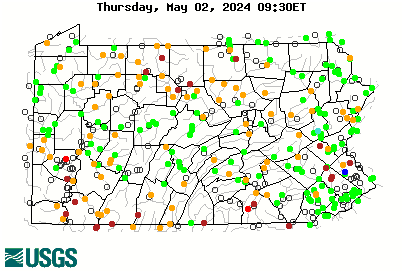salmonoid
Well-known member
- Joined
- Jun 19, 2007
- Messages
- 2,760
My grandparents had a cabin near there and my first native brookie probably came from a small headwater stream that had one of it's origins in a spring that my uncle dips his drinking and wash water from today. You could fish this small stream down to the SF boundary, but we were always warned to not venture onto the other side, as it was claimed to be private club water and.patrolled. I never ventured across the line and don't know if that was true or not but club water that maybe gets stocked and serves as a thermal refuge seems like a plausible explanation to me.




